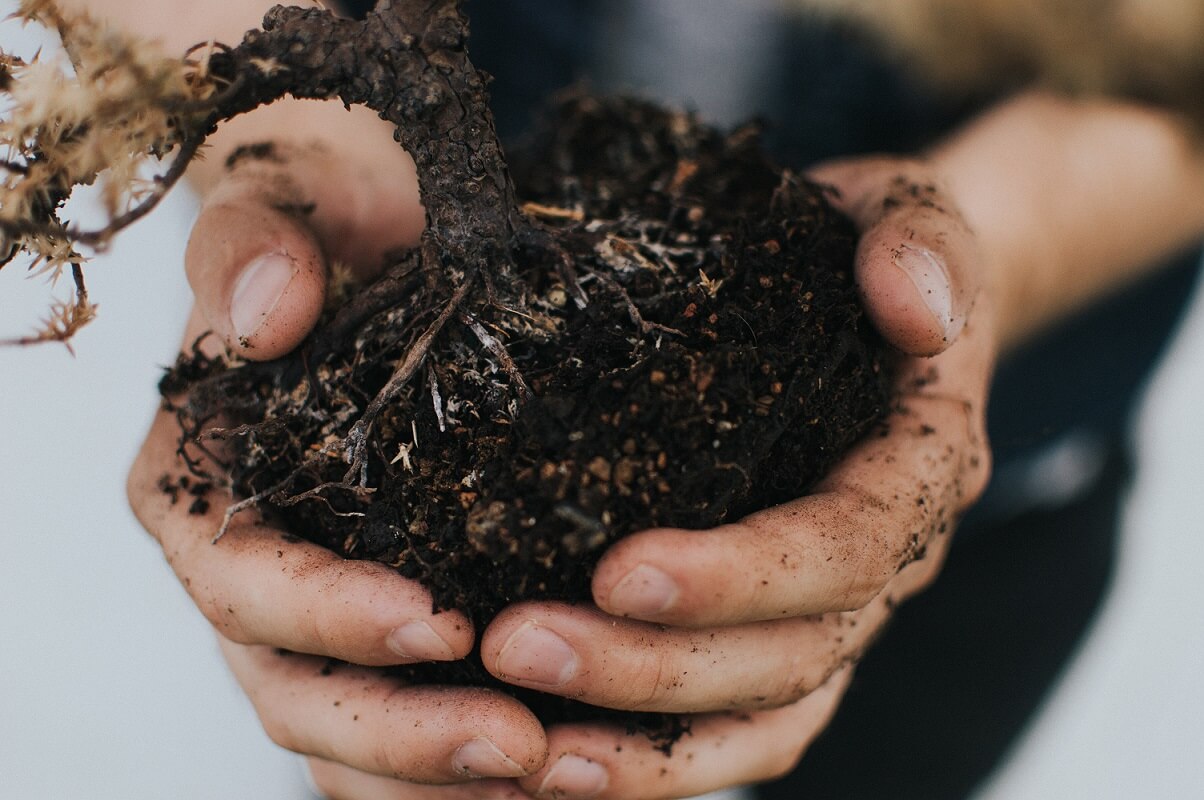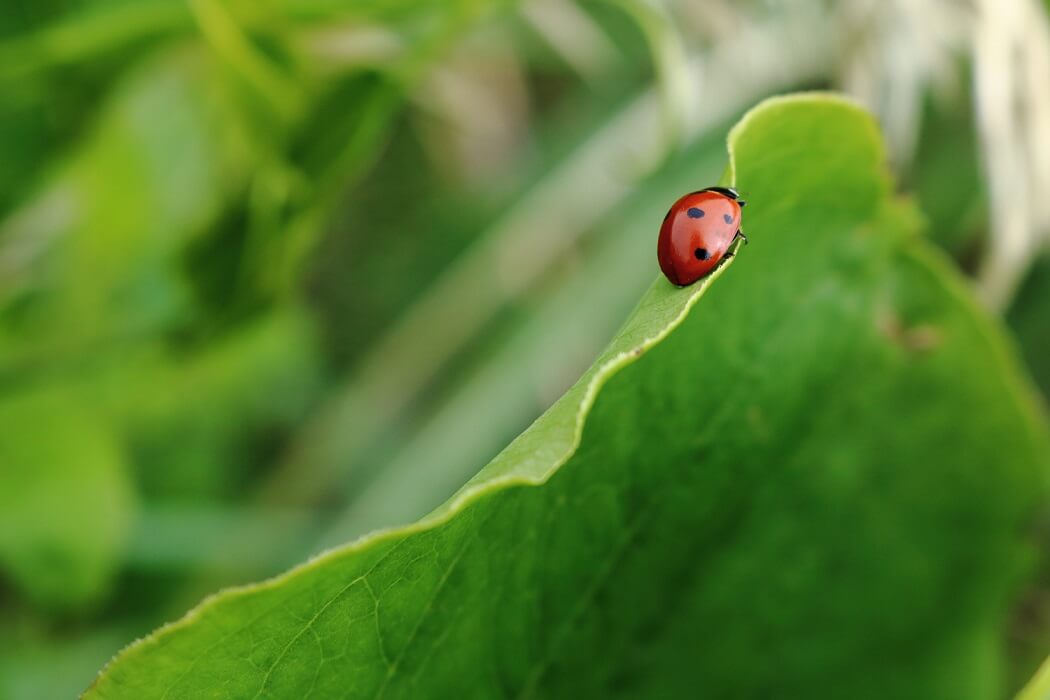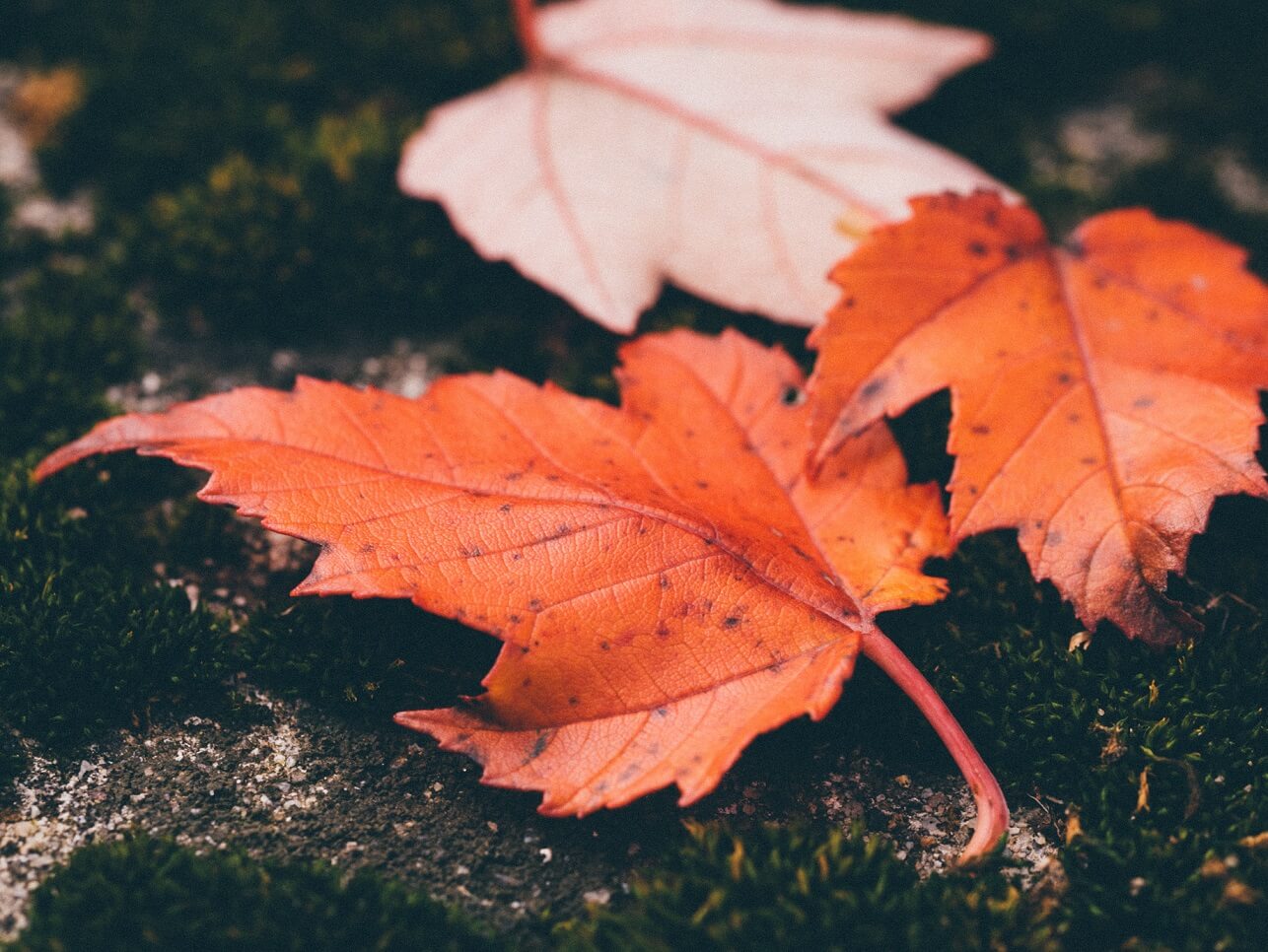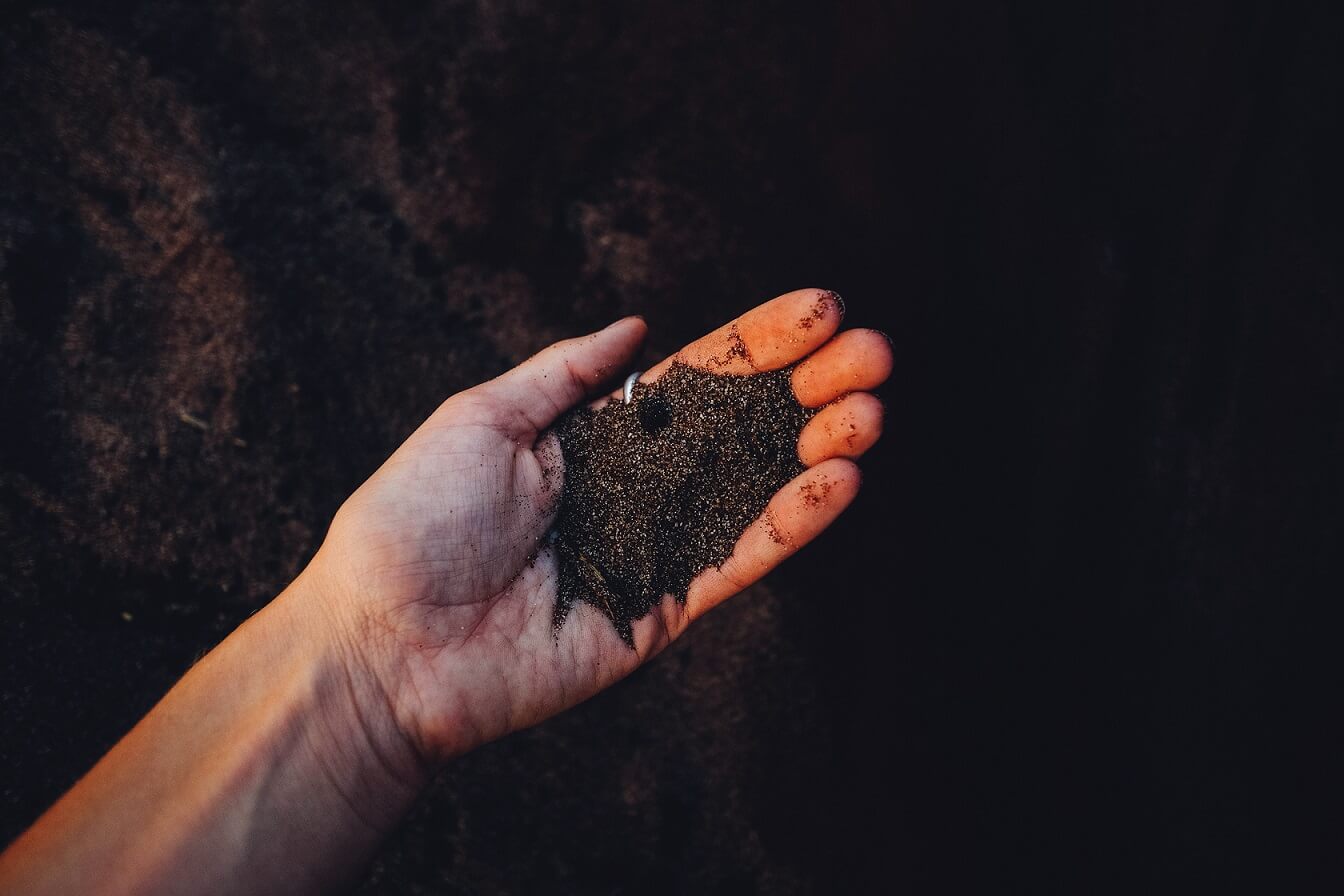The garden is one of life’s little luxuries – a place for relaxing, socialising, sun-worshipping, and leisurely pursuits. A well-kept garden repays us exponentially in line with the effort we put into it, so it’s worth learning some tips that will keep your soil healthy and your garden thriving all year round.

Depending on your local climate, there may be times of dormancy when we believe that our labour is done for the year – but often, these are the most important periods for maintaining the vitality of your garden when it springs back to life the following year.
Disease is the most common cause of failing garden patches, so identifying, treating, and eradicating is one of the essential skill sets of any gardener. Taking that into account, our seven tips for keeping your garden healthy will help you avoid disease, and ensure that your soil is brimming with life, nutrition, and potential so that your garden will look at its absolute best.
1. Examine new plants before you buy them
One of the most common causes of disease is contamination from the outside. So, the simplest way to limit infection is to prevent introducing it in the first place.
When you’ve chosen your plant at the garden center, loosen it from the pot so that you can inspect its roots – before you buy it. You don’t see this happening very often, but it should be common-place behavior.
Healthy roots appear as a network of white tendrils which are reaching through the soil and will probably have molded themselves into the shape of the pot. Unhealthy roots look dry and withered – if you can see more soil than root, then chances are you’ve got yourself an unhealthy plant. However, it might just be a young plant in a large pot, so loosen a little soil around the roots to get a better look. If the root network looks healthy, then buy. If they look papery and brown, then put the plant back, and do not plant it in your garden.
The more immediately visible signs of illness can be seen directly on the leaves, of course. Make sure there are no yellowing or dying leaves, and that the leaves have a consistent colour, without dots of brown.
2. Make sure that your compost is completely rotted
We all love to compost, I’m sure. It’s so much better than throwing your uneaten raw food in the garbage. But not all materials decompose at the same speed. Thorough composting requires high temperatures for extended periods to kill pathogens in the rotting matter, so infected plant debris could re-contaminate your soil if it hasn’t rotted down.
If in doubt, leave it a little longer. Make sure that there’s enough moisture in the pile, and wait until later in the season, when your compost is uniform, crumbly, and earth-like before you use it.

3. Recognize bug damage
Although bug damage is often more of an aesthetic problem, nibbled leaves can provide a portal for viruses and bacteria to enter the plant. Some insects act as a conduit for viruses, spreading them from plant to plant. Aphids are the most common carriers.
As soon as you spot any insect damage, it’s time to act – spray with an approved insecticide immediately and treat the neighboring plants to ensure that you scupper the critters before they cause any permanent damage.

4. Clean up during the autumn
Even if you live in a moderate climate, you should still tidy the garden in the autumn when leaves begin to die and drop to the ground. Diseases can gestate over the winter on dead leaves and garden debris and in return attack new leaves in the spring. Iris leaf spot, black spot on roses, and daylily leaf streak are diseases that could be significantly contained if dead leaves are cleared away over the dormant period.
Stems and foliage left over winter to maintain shape and interest during the cold months should be removed before new growth appears in the spring.

5. Fertilise your soil – with the correct fertiliser
Over-fertilising the earth can burn the roots of your plants and impair their ability to absorb moisture, making your plants susceptible to stress from drought, or from extremes of temperature. Plants that live in well-fertilised soil have stronger resistance to disease and will thrive.
Soil test kits are available at your local garden center, or through online retailers. Gauging the existing nutrient level of your soil will help you to ascertain the precise level of fertiliser required to keep your soil healthy and your plants in tip-top shape.

6. Choose disease-resistant plant varieties
If you grow your plants from seed, look out for indications that they produce disease-resistant plants. You’re more likely to see resistance indications on fruit or veg seeds than on flowers, but wherever possible, aim for plants with biological resistance. It doesn’t necessarily mean that the plant won’t become infected, but they won’t succumb to disease like non-resistant varieties.
7. Water appropriately
Watering is one of the easiest things to get wrong. Underwatering causes bolting in root veg plants, and over-watering can cause mold and disease. Warm and moist is the most welcoming environment for pathogens, so be careful with your watering.
Your soil should never be arid, but neither should it be soggy and claggy. Your soil type will determine how often you need to water. Heavy clay soil retains moisture, while light, sandy soil dries out very quickly.
Recognizing your soil type is easy – take a handful of moist soil and squeeze it in your palm. If, when you release your palm, the soil has stuck together in a large, single clump which resembles clay, you have a heavy, clay soil. Heavy soils are rich in nutrition, but you shouldn’t over-water it. If, when you release your palm, the soil remains crumbly and falls apart, you have a light, sandy soil which will need additional fertilising and more frequent watering.
It’s generally best to avoid watering directly onto the leaves of the plant if at all possible, as leaf diseases can be exacerbated if left wet.

So, there you have it. Seven tips that will help maintain the healthiest possible environment for your plants to thrive and to make your garden a place that you’ll enjoy for years to come. Happy gardening!
–
 Andrea Boffo is CEO of PlusVoucherCode, a website that provides discount codes to save money on online purchases.
Andrea Boffo is CEO of PlusVoucherCode, a website that provides discount codes to save money on online purchases.